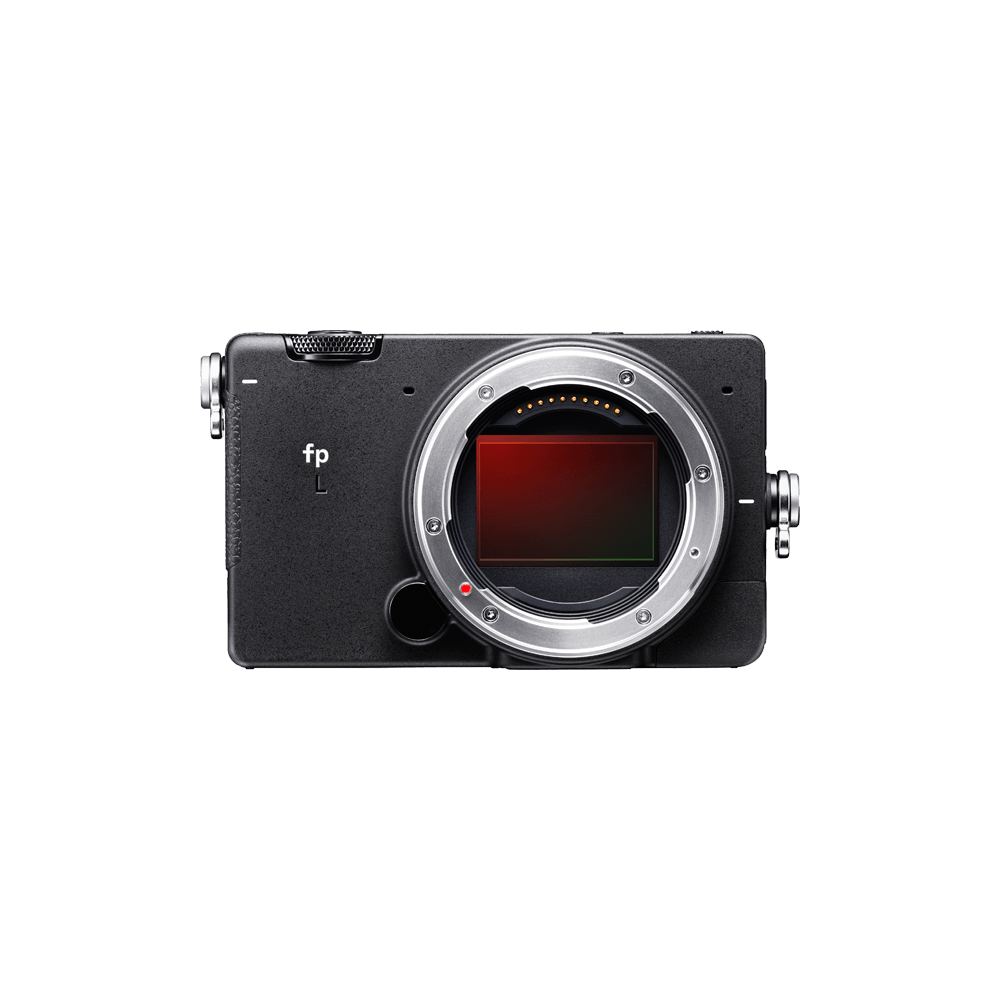IMPRESSION
BENEVOLENT DEMONS IN THE NIGHT – A LIVING TRADITION
ART
35mm F1.2 DG II
by Yuichiro Fujishiro
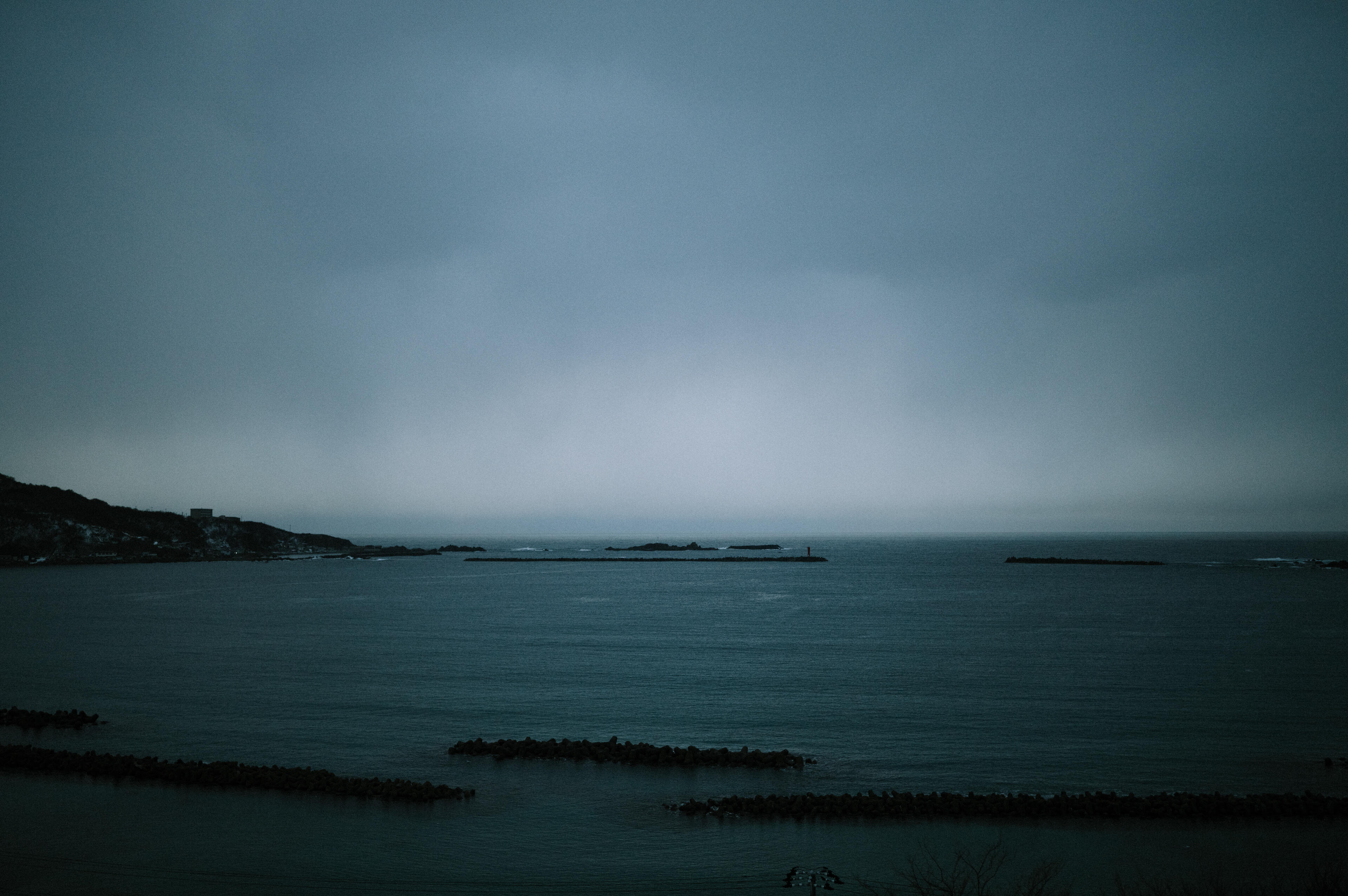
It is December 31, the last night of the year. Snow is falling, and I can hear thunder in the distance.
I’m following a group of namahage as they go from house to house, pounding on doors and growling like primeval beasts.
In my hands, I’m holding the new Sigma 35mm F1.2 DG II | Art lens, attached to my Sigma fp L camera.
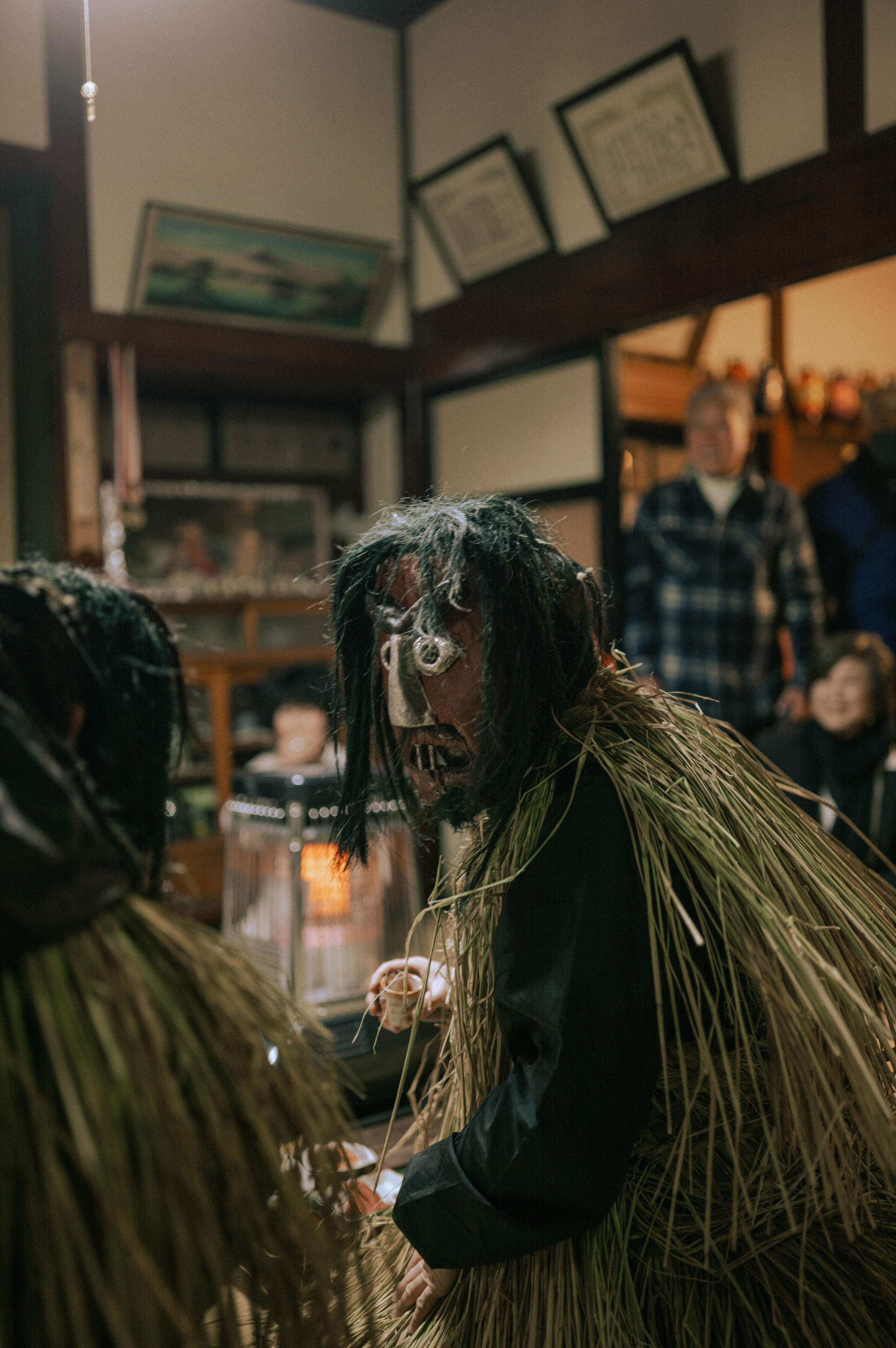
I’m in the north of Japan, on the Oga Peninsula in Akita Prefecture, where the tradition of the namahage is still alive. Each year on December 31, young men in masks and costumes visit houses across dozens of villages to scold unruly children and ward off misfortune.
They take on the role of spirits to bring rich harvests, plentiful catches, and good luck. In Akita, the namahage have been active for hundreds of years.
I was finally able to accompany a group of them in the Shinzan area thanks to an acquaintance of mine.
After sunset, young men gather in the town’s community center and spend a while chatting in a small room usually used by seniors to play mahjong.
Then, when the time comes, they put on the kede, costumes made from straw, and the namahage masks, sprinkled with sacred sake, before heading out to the Shinzan Shrine.
This is where they begin their tour.
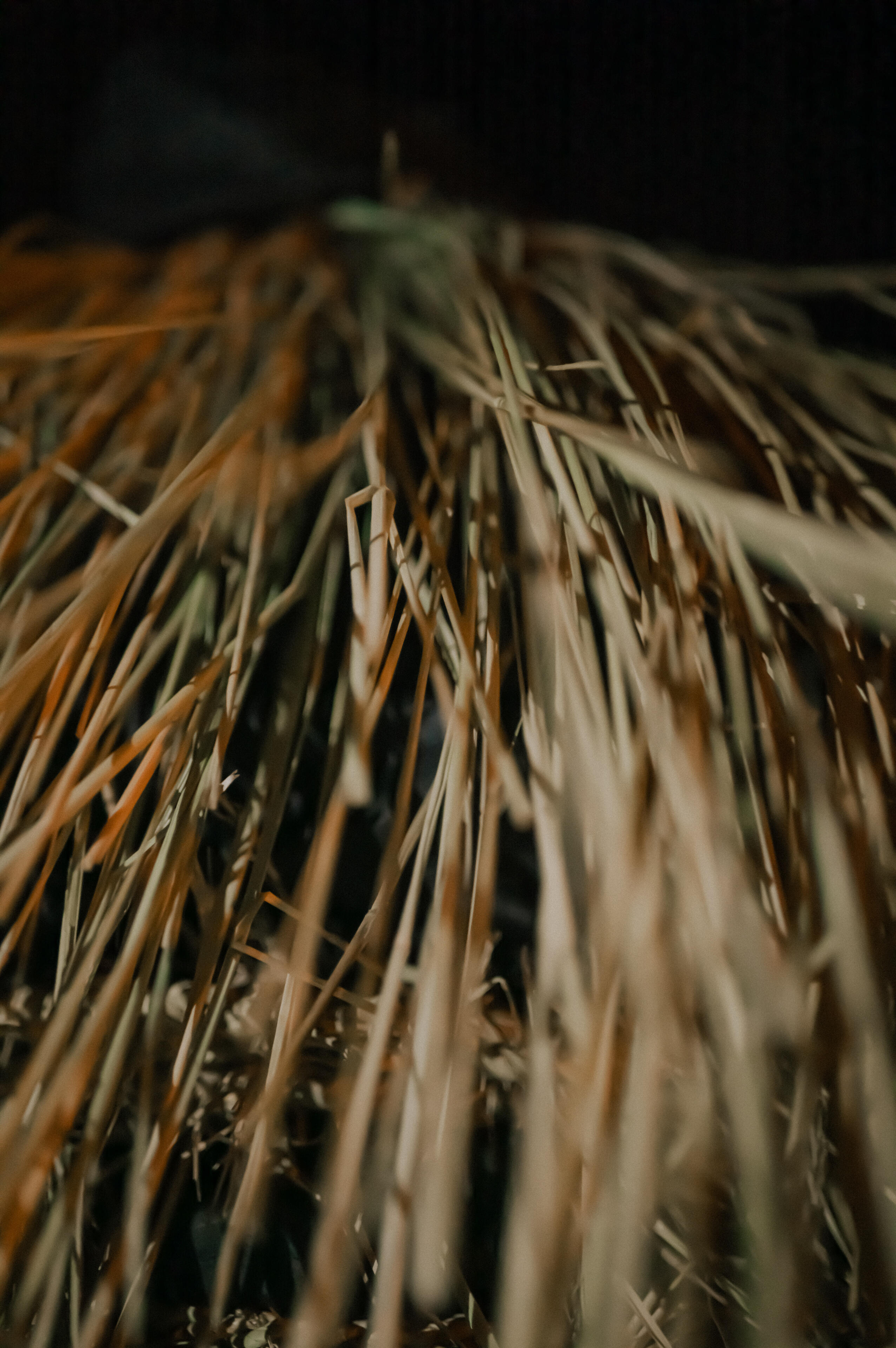
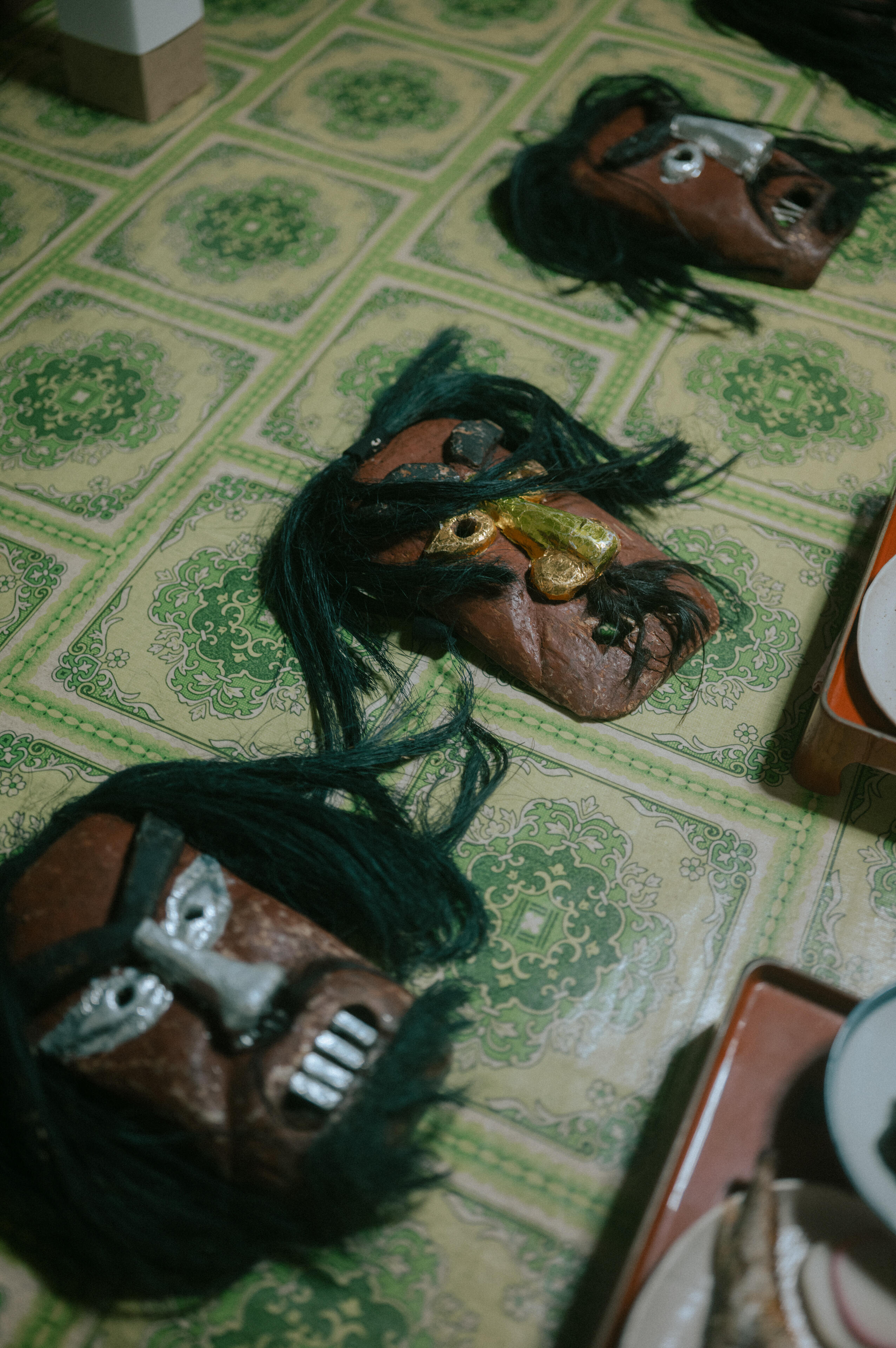
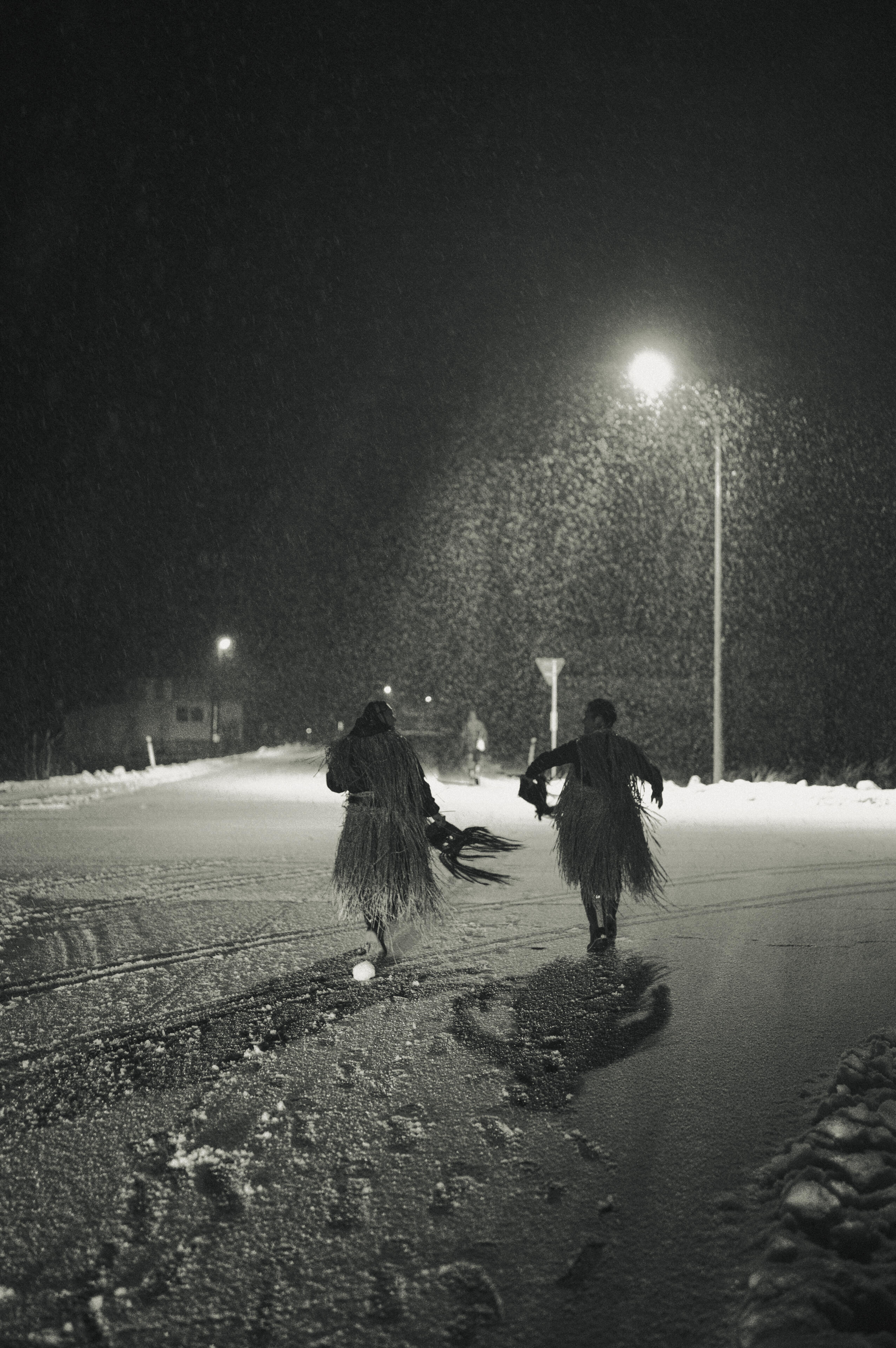
I had already been using the original Sigma 35mm F1.2 DG DN | Art lens for many years.
To me, 35mm is the best focal length for documentary shoots.
With 35mm, I’m able to capture a scene in its entirety but I can also get up close to my subjects and focus only on them.
With the Sigma lens, the beautiful bokeh and shallow depth-of-field of the F1.2 aperture allow me to give subjects a vibrant sense of presence without having to get too close and produce videos and photos that leave a strong impression.

Compared to its predecessor, the new Sigma 35mm F1.2 DG II | Art is even more compact and lightweight, which made it ideal for a project like this where I need to move and act quickly.
The bright F1.2 aperture also made it possible to take photos at night without the use of a flash or other additional equipment.
In the darkness, the flashlights that the namahage were carrying to illuminate the path in front of them provided all the light I needed.
During my documentary shoots, I always try to capture situations as naturally as possible, without interfering or letting my presence be felt.
This lens, with its bright F1.2 aperture, can render even faint light just the way our eyes perceive it.
It was the perfect choice for photographing dynamic, moving subjects in dark conditions without affecting the situation.

Each year, the number of young people dressing up as namahage dwindles in each village.
Likewise, ever fewer households welcome their visits, and most of those that do will only greet them at the front door instead of letting them into the house.
Having accompanied the remaining namahage in Shinzan amid heavy snowfall this year, I could share in their struggle to cover all houses in the area with so few people.
At the last house we visited, we were greeted by an older couple. The husband was in poor health, and they had been waiting for the namahage to visit and bless their home.
By that point, the namahage had been served sake at each house they visited that night and had trouble speaking clearly, but I won’t forget the couple’s delight when they finally saw them approach their home.
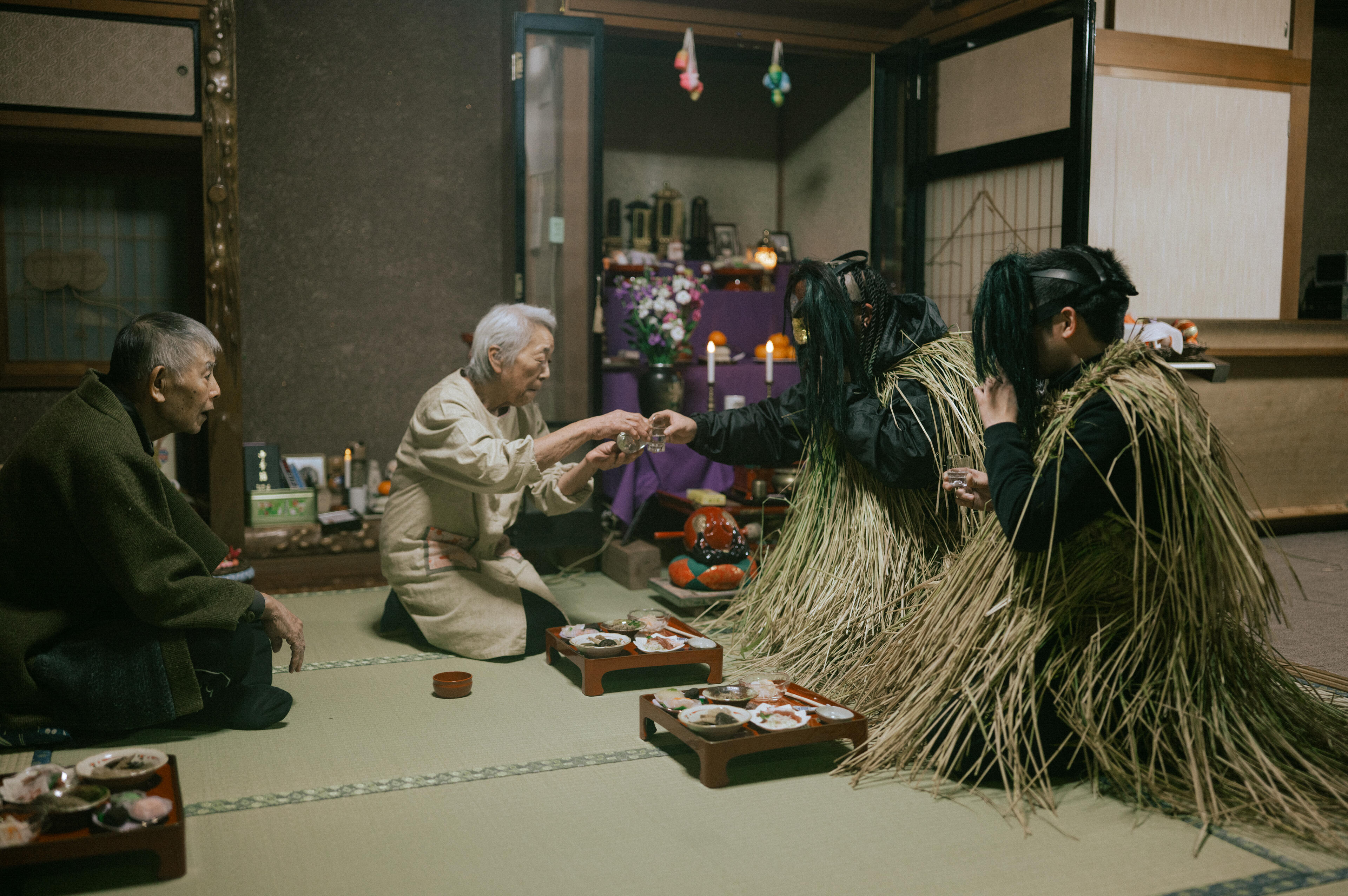

ABOUT
YUICHIRO FUJISHIRO
Filmmaker / Cinematographer
Based in Tokyo, Yuichiro mainly creates commercials and music videos,but also directs documentary films about various regions throughout Japan that reflect the beauty of local lifestyles and traditions. In his work, Yuichiro aims to capture people’s inner worlds and the universal beauty of everyday life.
*This impression was created at the end of 2024.
EQUIPMENT USED

